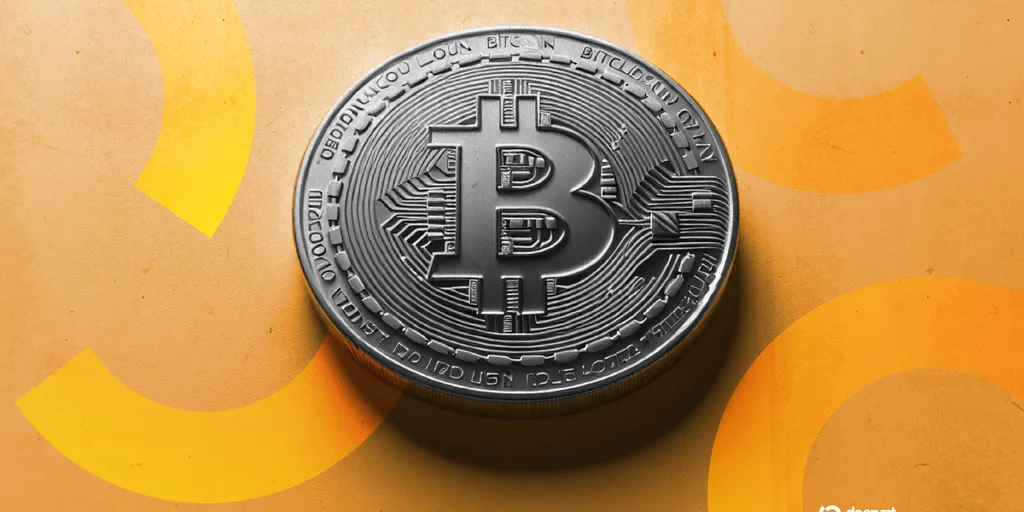Author of the viewpoint: Rachel Lin, Co-founder and CEO of SynFutures
Since the boom and bust cycle of DeFi Summer in 2020, DeFi has come a long way. The early surge was largely driven by experimentation, hype, and unsustainable high incentives.
Five years later, the foundation of DeFi is entirely different. The past year has actually been a low-key consolidation phase, laying the groundwork for future development. The year 2025 may be remembered as the year DeFi surpasses centralized exchanges.
The bear market of 2023 and 2024 has eliminated many DeFi projects lacking product-market fit and forced other platforms to mature rapidly, focusing on infrastructure development and real-world application.
The collapse of Celsius and BlockFi, along with the bankruptcy of FTX, exposed the inherent weaknesses of many centralized platforms, while decentralized exchanges are committed to achieving speeds and user experiences comparable to centralized platforms through high-performance public chains and self-built infrastructure.
It is also noteworthy that with significant improvements in blockchain latency, full on-chain order books have become a reality. This allows DeFi protocols to address previous issues related to capital efficiency and liquidity efficiency.
The new generation of hybrid designs significantly enhances liquidity supply efficiency by combining automated market makers (AMM) with order book matching mechanisms or directly supporting full order books, effectively alleviating slippage risks and insufficient market depth, providing traders with a better experience.
From a data perspective, in the second quarter of this year, the top ten DEXs in the market achieved a spot trading volume of $876 billion (a 25% increase from the previous quarter). In contrast, CEX spot trading volume fell by 28% to $3.9 trillion, bringing the trading volume ratio between the two to a historic low of 0.23 in the second quarter.
The recovery of DeFi is mainly attributed to the growth in trading activity. For example, the activity of lending protocols has surged by 959% since hitting a low at the end of 2022, far exceeding that of centralized counterparts. Aave's current deposit scale has ranked among the top 40 banks in the U.S., reflecting the continuous improvement in the scale and credibility of DeFi. Meanwhile, Coinbase, in partnership with Morpho, launched on-chain loans using Bitcoin as collateral through cbBTC, directly utilizing Morpho's on-chain infrastructure and liquidity. This marks a comprehensive shift of the industry towards native DeFi architecture.
Additionally, after experiencing a series of crises in CeFi lending institutions, people are evidently more inclined to choose transparent and automated on-chain lending. From both trading volume and credit supply perspectives, DeFi has established an undeniable development advantage.
On the other hand, the broader crypto market has finally welcomed clearer regulatory guidance. This change has not led to an outflow of innovation; rather, it has prompted leading DeFi protocols to actively engage in dialogue and operate in compliance within a clear regulatory framework. For instance, Uniswap has actively advocated for reasonable policy discussions to promote DeFi transparency and the legalization of self-custody.
At the same time, whenever regulatory tensions arise, such as the SEC's lawsuits against Binance and Coinbase, a large number of users quickly migrate to decentralized exchanges, with related trading volumes surging by 444% within just a few hours. It has been proven that when regulation tightens, activity does not disappear but rather shifts on-chain to continue evolving.
Security and asset custody risks have further reinforced this trend. Between 2012 and 2023, centralized exchanges lost nearly $11 billion due to hacking and mismanagement, which is more than 11 times the amount stolen from decentralized protocols or wallets. Therefore, for many users, storing assets on large exchanges is actually more dangerous than using self-custody wallets and smart contracts.
In the face of DeFi's strong momentum, some CEXs have also begun to directly integrate on-chain infrastructure into their platforms. For example, Coinbase has integrated the leading spot DEX "Aerodrome" on "Base" (a layer-2 network), allowing users to access decentralized liquidity within a familiar interface—this is an important step, but Coinbase still controls the distribution entry.
The Binance ecosystem is also noteworthy. The "BNB Chain" reached an all-time high in October, attracting millions of active users. Among them, the perpetual DEX "Aster" on BNB Chain has performed outstandingly, sparking speculation about a possible direct connection to Zhao Changpeng (CZ). If the core figures behind these CEXs are diving into the decentralized space, it raises questions about how "decentralized" these new ecosystems and products truly are.
Core data also corroborates the above trends. By the end of 2024, the total value locked (TVL) has rebounded to approximately $130 billion, continuously approaching historical highs and climbing. In the subfields of derivatives, asset management, and payments, DeFi capabilities have surpassed traditional scenarios, achieving higher transparency and permissionless access thresholds.
Constrained by heavy compliance pressures and cross-jurisdictional layouts, CEX actions have become increasingly sluggish, with many platforms choosing to scale back operations. For instance, Crypto.com recently reduced its U.S. operations, delisted multiple tokens, and even postponed the launch of new products while waiting for regulatory clarity; OKX has also taken a cautious approach to expanding its decentralized business due to changes in compliance expectations.
In contrast, DEXs, with their streamlined, efficient, and code-driven structures, can rapidly iterate innovations at extremely low costs, whether supporting the issuance of real-world asset tokens, novel yield strategies, or AI-driven smart agent integrations, all while deploying new features as agilely as software.
Unless CEXs completely overhaul their models, they are likely to become increasingly marginalized, as simply replicating some DeFi functions or providing self-custody options is no longer sufficient for customers.
Trust in the crypto community is clearly leaning towards systems "built by code" rather than corporate promises. When liquidity and trading volume recently surged back into the market, most of the funds were captured by decentralized entities, which is significant and thought-provoking.
A new era dominated by DeFi has arrived, and a more resilient and user-empowering financial ecosystem is taking shape.
Author of the viewpoint: Rachel Lin, Co-founder and CEO of SynFutures
Related: The French government will review the motion to "embrace Bitcoin (BTC) and cryptocurrencies"
Original: Viewpoint: The Next Era of Cryptocurrency Belongs to Decentralized Markets
免责声明:本文章仅代表作者个人观点,不代表本平台的立场和观点。本文章仅供信息分享,不构成对任何人的任何投资建议。用户与作者之间的任何争议,与本平台无关。如网页中刊载的文章或图片涉及侵权,请提供相关的权利证明和身份证明发送邮件到support@aicoin.com,本平台相关工作人员将会进行核查。




